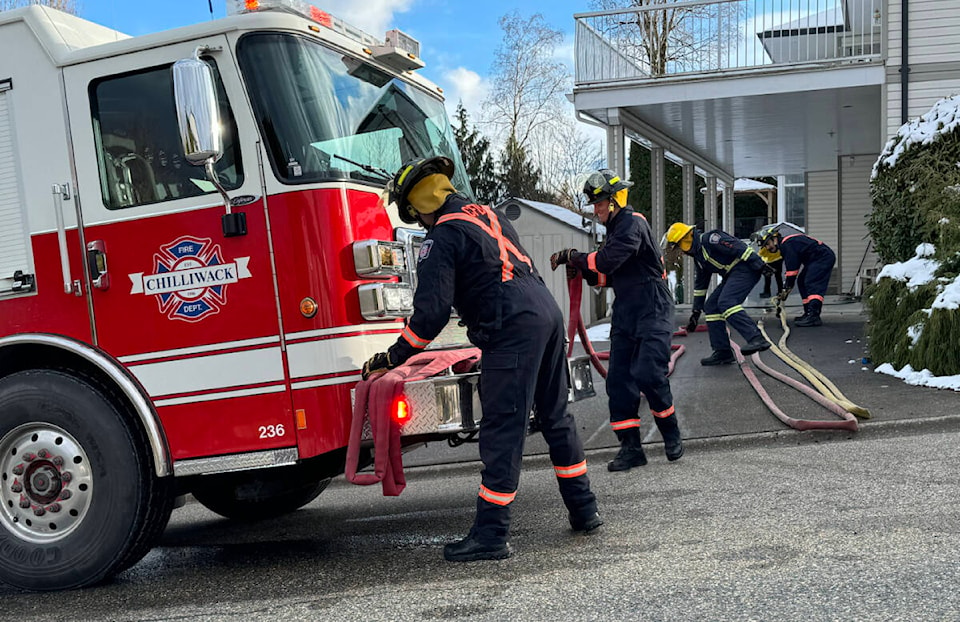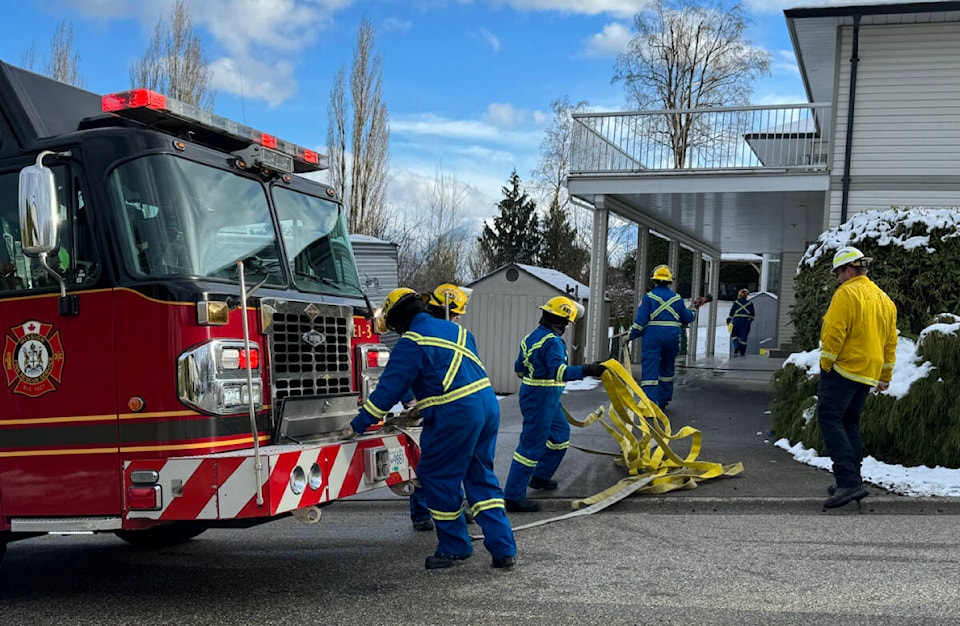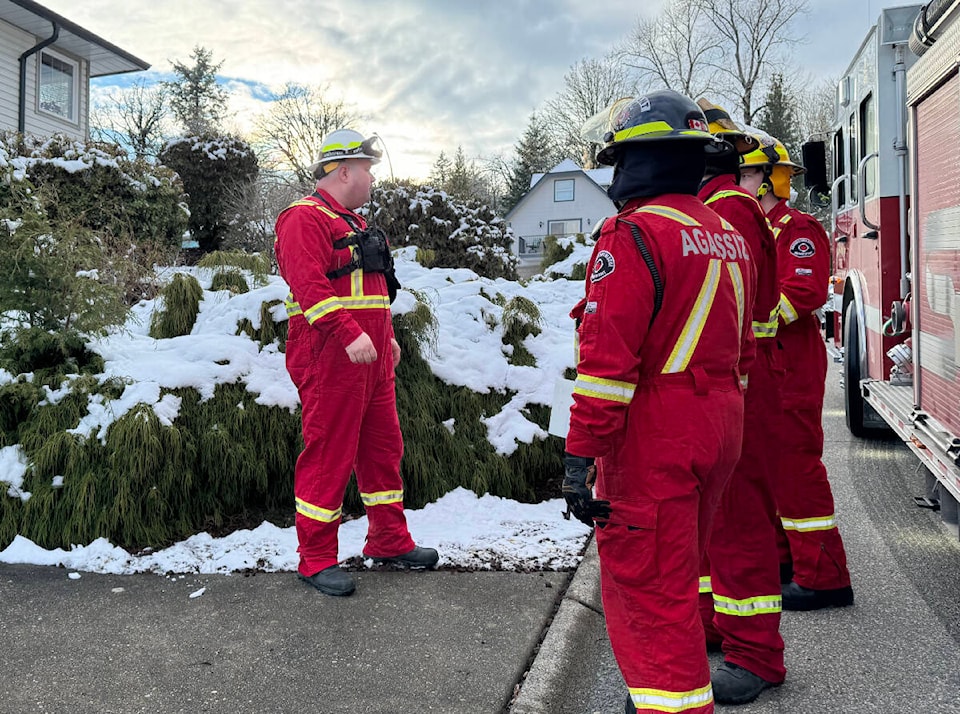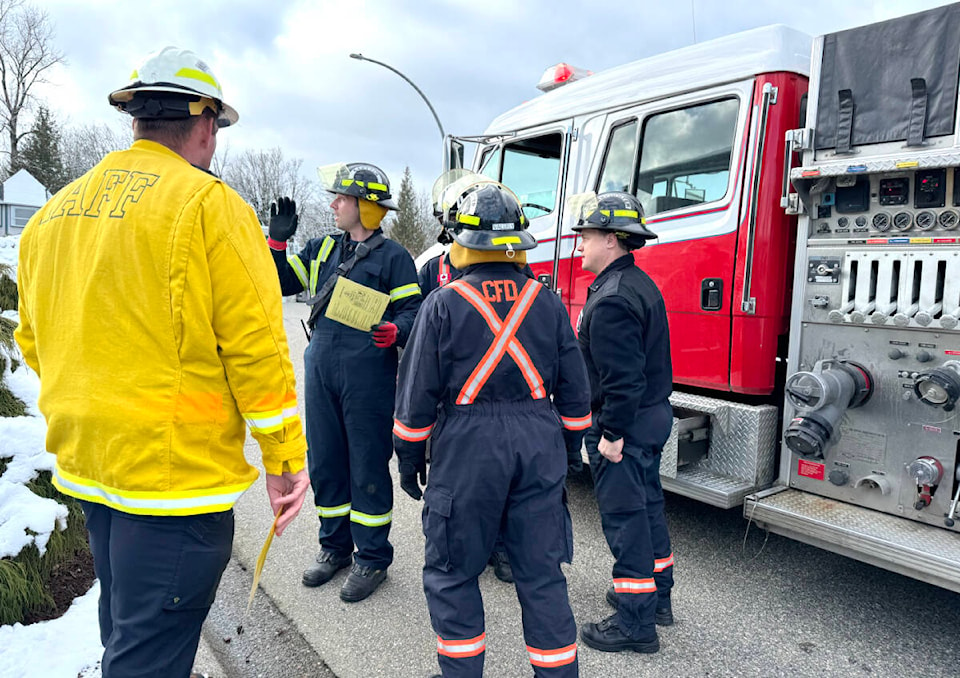A Chilliwack Mountain neighbourhood served as the backdrop for a new urban-wildfire training course for 128 eastern Fraser Valley firefighters.
For five days, selected crews came from Chilliwack, Mission, the Chilliwack River Valley, Agassiz, Popkum and Abbotsford firehalls to engage in the training, led by the International Association of Fire Fighters (IAFF).
The course, Responding to the Interface, put crews through a mock scenario of a wildfire burning through a neighbourhood. After a morning in the classroom, they moved to the training neighbourhood. In this case, it was a large portion of Sunrise Drive and involved multiple homes.
Assistant fire chief Andy Brown, of the Chilliwack Fire Department, was on-site throughout the training session, working with and learning alongside the teams.
ŌĆ£Every house saved from a wildfire is one less tragedy,ŌĆØ he said Monday.
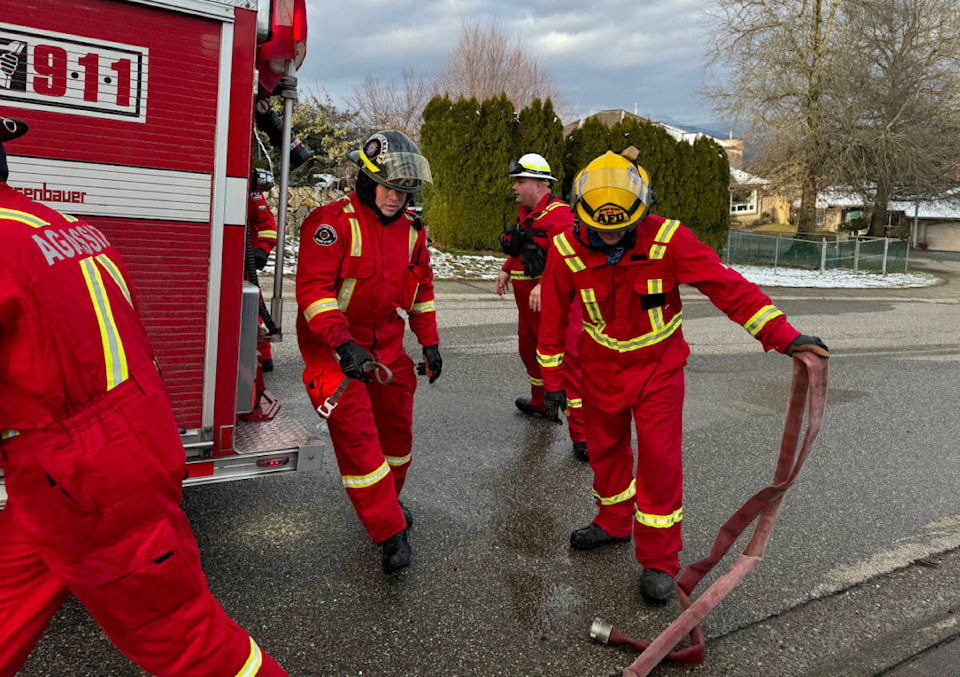
ItŌĆÖs been important to have the whole region train together, he added as theyŌĆÖre building the capacity to respond to large fires.
It marries structural firefighting with wildland training in a way that hasnŌĆÖt been done before. Chilliwack is one of the first locations where this training has rolled out, after a pilot course in Kamloops and a training course to teach 25 Canadian firefighters. They now travel around and help deliver the course, which is being funded by the federal government.
Blake Miller is a firefighter in Scottsdale, AZ, but has been travelling around leading this course and seeing how impactful the combined training will be for neighbourhoods across North America.
ŌĆ£With your normal structure fire, the fire is inside of a box trying to get out, and the urban interface is a fire outside of a box trying to get in,ŌĆØ he says. ŌĆ£So when we blend the wildland world and the structure world together, for the past 10 or 15 years, itŌĆÖs been two completely different worldsŌĆ” the training did not overlap.ŌĆØ
But thatŌĆÖs all changing, and the increase in devastating wildland fires affecting communities is the reason for it.
Chilliwack Mountain has the exact kind of interface neighbourhoods that the course deals with, and prior to the training, there was a door-to-door campaign to get permission from homeowners to take over the streets for five days. And the training even used some backyards and driveways.
One house in particular was the focus of MondayŌĆÖs training, and in the third scenario of the day, the crews had to make the decision to abandon their gear and flee for their own safety.
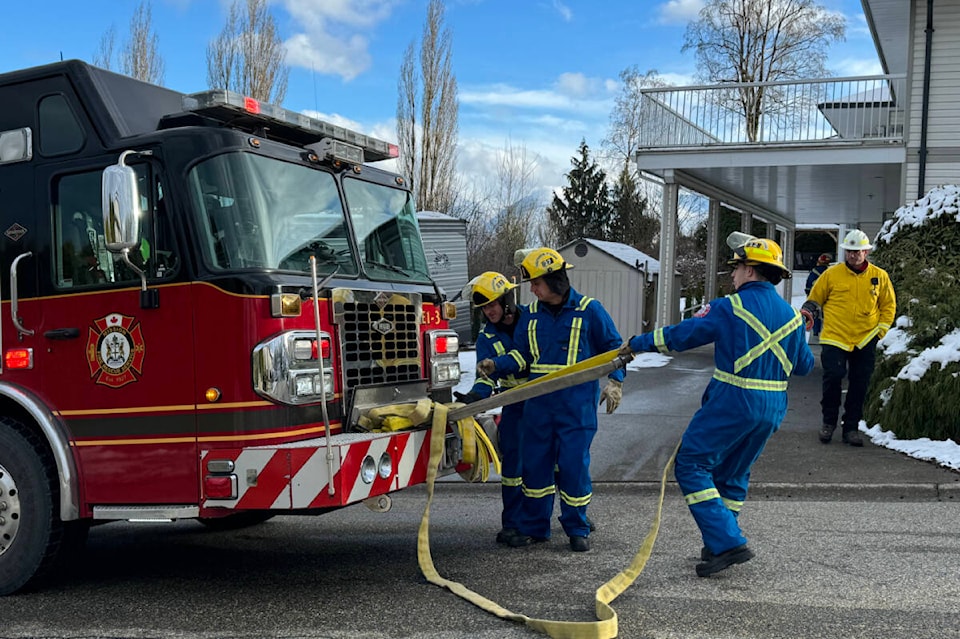
ItŌĆÖs a very real scenario, and while the ŌĆ£fireŌĆØ for training was a collection of lawn signs, they trained with the same urgency as if it were real.
ŌĆ£Be aware we are having increased fire activity on station Bravo,ŌĆØ a voice said over a closed radio channel.
ŌĆ£We are abandoning our lines and heading to our safety zone,ŌĆØ another voice said.
ŌĆ£The fire is blowing up and itŌĆÖs not safe to be here anymore,ŌĆØ Miller said to the crew, as hurried to their truck, disconnected the hoses and jumped into the cab of the truck ready to flee.
ItŌĆÖs a reminder to a bystander that while their role is to protect a community and homes, they also have to protect their own lives.
Miller said the other component to keeping interface communities safe is having residents aware of fire hazards on their property. Keeping vegetation certain distances from your home, for example, can dramatically decrease the time a crew will need to defend it. This means they can move to a different address, or even get out quicker if needed.
ŌĆ£As our communities become fire wise, or fire smart their properties, it makes our job so much easier once the flames and embers hit the air,ŌĆØ Miller said. ŌĆ£Then we can come through and what would have taken me and my crew 10 minutes might be down to two or three.ŌĆØ
Brown said heŌĆÖs sees a big advantage to the training.
ŌĆ£Any one of these events can easily tax even the biggest fire departments, as weŌĆÖve seen historically,ŌĆØ Brown said. And when halls from different communities are working together, they need to have the same training, using the same terminology, tactics and strategies.
ŌĆ£As soon as we start speaking on the radio, weŌĆÖve all got an understanding of whatŌĆÖs happening, whatŌĆÖs going on and what the plan is, which will make it safer for our responders and more efficient for us,ŌĆØ he added.
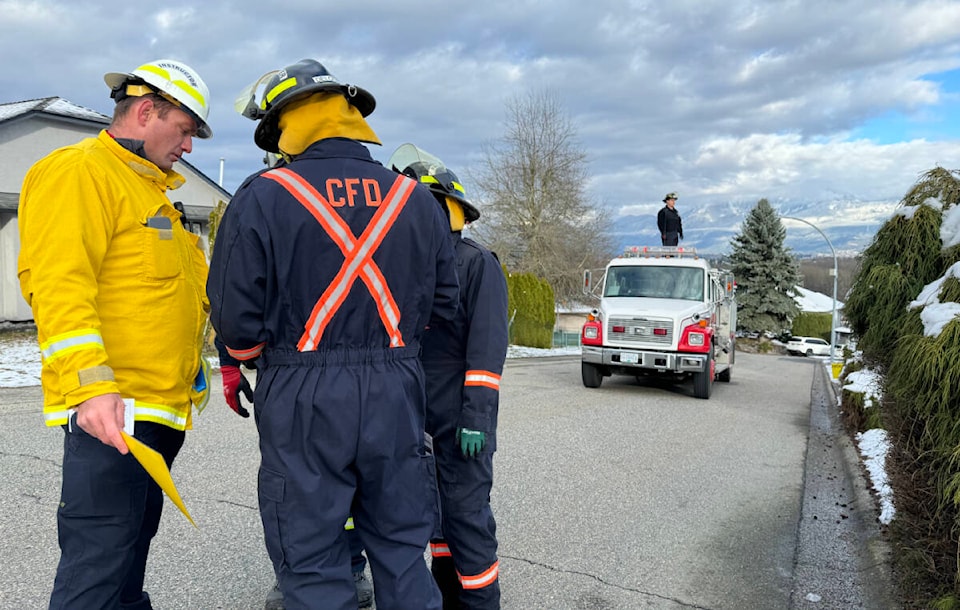
For more details about the IAFF Responding to the Interface course, email rti@iaff.org.
If you see a wildfire in the back country, report it to BC Wildfire Service as soon as possible by calling 1-800-663-5555 or *5555 on a cell phone. For additional tips, visit BC Wildfire ServiceŌĆÖs Wildfire Prevention page.
